
Reading Room And Roof
The rotunda
A Heather and I decided to have a little trip out to the British Museum as it was far too long since we were last there. We saw many things, from a great dumdum head, to a scary assistant to the judge of hell, to the king of the world.
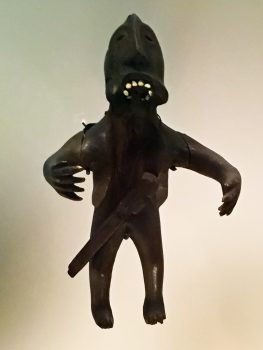
Give Us A Hug
He’s’ so cute
After we’d made our way through the winding queue to the security checks (and how sad that these days the first impression of visiting one of the world’s greatest museum is entering via a cattle run of barriers and a half hearted marquee—they could at least build a proper entrance building if this sort of thing is needed and why no photography in the queue? Is it because they realise how poor it would look posted on social media?) we had the run of the museum, and never enough time to see it all. We started off in the Living and Dying gallery, dominated by a Easter Island Moai, the huge figure with oversized head looming over the visitor as they walk through the entrance from the courtyard. There were other fascinating objects, whether they be part of funeral ritual, fertility ritual or anything in between. A number of masks of various cultures caught our attention, as did a little cuddly figure with a scary number of teeth.

Assistant To The Judge Of Hell
A very scary fellow
From there we made our way up to the China and South Asia room, being greeted with a wonderful statue of Shiva. The recently refurbished gallery contains a number of other striking objects. A collection of glazed tiles show a dragon motive, while it is hard to resist the temptation to rub the belly of a Buddha. More disturbing is the green skinned Assistant to the Judge of Hell, disturbing in his severity. Other figures are much smaller, more delicate, though some do look as monstrous.
After a quick stop for lunch we had to go and see (or in Heather’s case, stare at and be hypnotised by) the Rosetta Stone, that key to unlocking Egyptian Hieroglyphics (although Champollion get there first I’ll always associate the decipherment with one of my historical heroes Thomas Young). We then climbed the curving stairs around the reading room to Mesopotamia. It’s one of the more familiar galleries, but the Royal Game of Ur is fascinating (we are tantalisingly close to being more or less able to reconstruct the rules and make it playable) and the Queen of the Night compelling.
Beyond Mesopotamia lies what may be the museum’s most popular galleries, Ancient Egypt. There’s always a certain fascination with the great sarcophagi and their contents but also with the smaller items, the Shabti ready to work for the dead, the mummified animals and, bizarre to modern eyes, Canopic jars.
Beyond the Egyptian galleries was a display of postcards which sounded more interesting than it turned out to be (it also had a strangely neglected feel, set in dusty wall cabinets—a display reminiscent of museums of long ago rather than the modern face the British Museum normally achieves).

Fancy Cup
Also, quite large!
We made our way back to the main museum and down one wing, taking in ancient middle east, old Europe and Romans in an eclectic mix of objects. We’d went that way to eventually reach the characterful Lewis Chessmen; always a highlight to see the somewhat comical looking appearances of the chessmen (the berserker rooks in particular looking amusing as they bite their shields in with what looks an almost worried rather than aggressive way).
While Heather had a rest I looked at some rather nice clocks and watches before we headed for the main exhibition of the day I Am Ashurbanipal, KIng Of The World, King Of Assyria. Ashurbanipal it turns out was a king in the middle of the first millennium BCE, his reign marking the high point of the Assyrian empire in the middle east. We still know a fair bit about him thanks in the main to the large numbers of preserved cuneiform covered clay tablets which have been unearthed.
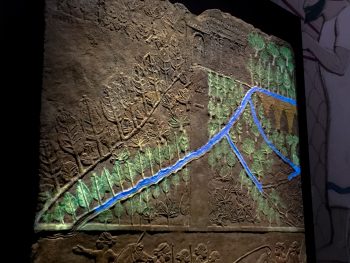
Here Come The Colours
Mapping the colours back onto the relief
The exhibition was packed full of artefacts, which is excellent in one way but a little overwhelming in another. There is also the sense that one relief sculpture begins to look much like another after a while. Highlights were the innovative use of modern technology to bring those artifacts more to life, and give a better sense of their original appearance. Beside displaying the tablets representing Ashurbanipal’s library on modern bookcases there was wonderful use of projection mapping to “paint” reliefs with light. This shows how much more vibrant and interesting the panels would have been when first produced. Similar mapping was used to tell the story of a battle and its aftermath shown on other large reliefs—it’s just a shame that the inevitable crowding not only made it difficult to see the relevant area at times but also occasionally got in the way of the projection itself.
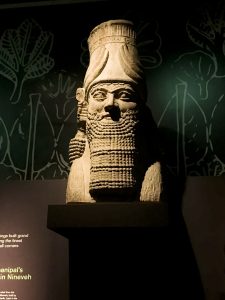
Nice Beard
Very well kept
Ashurbanipal conquered neighbouring terratories, had arguments with his brother, and built a great capital before dying (the manner of his death isn’t particularly clear from the records) and his empire essentially crumbling. I think though that he would have been pleased to still be remembered for his deeds, even if the world he saw himself as king of is only a small part of history.
Having recovered from Ashurbanipal we had just about enough time to blast through some Egyptian sculpture and more Assyria to the more classical stuff beyond, like the Elgin Marbles. In the end though the British Museum could hold attention for an entire weekend or more, not just a day, so we left it behind for now.
Photos:
I only had my phone, and for obvious reasons the lighting is never ideal, and things are behind the glass of cases so mostly these aren’t much good, but they give an idea of the spirit of the day.
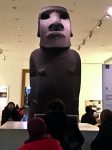
Dum DUm

Door Entry

Beaky
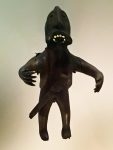
Give Us A Hug

Masks
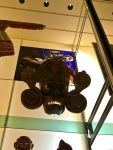
A Big Mask

Big Eyes

Grumpy Old Man

Shiva

An Artistic Human

Dragon Tiles

Vessel

Buddha
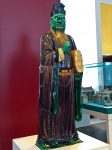
Assistant To The Judge Of Hell
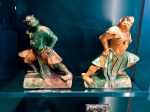
Stretching

Curvy Figures
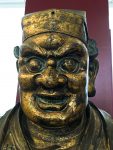
Some Face

Stylish Pose

Why’s He Stood On A Sheep?

Rosetta Stone

Roof Patterns

Roof Sweep

Foundation Pegs

The Royal Game Of Ur

Cute Guy

Queen Of The Night

Are You My Mummy

Ushabti
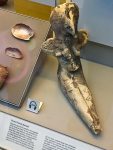
Female Statuette
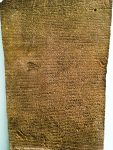
Writing

Kinky

Peek-a-boo

Lion Weight

Alien?

Party Helmet

The Early Invention Of The Baseball Cap

Bacchus

Fancy Cup

Bull

Chessmen

Lewis Pieces

Fancy Clock
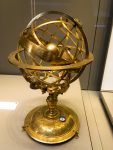
Astrolabe
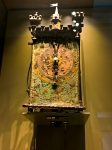
Colourful Castle Clock

Ship’s Chronometer

The British Museum
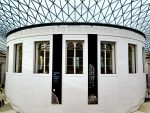
Reading Room And Roof
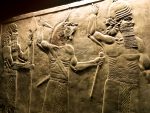
Relief
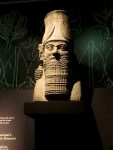
Nice Beard
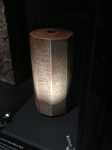
Octagonal Records
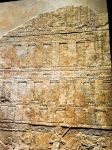
The Palace
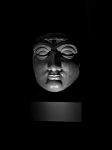
Glowing Head

Light Painting
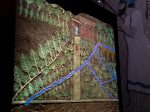
Painted
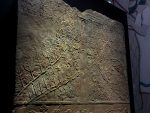
Without The Light

Here Come The Colours
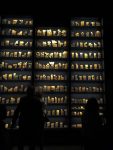
The Library

The Epic of Gilgamesh

Close Up Tablets

Shelving

Pillow Tablets
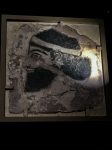
A Face

Strange Marks

Lions

They Really Went In For Beards

Watching The Food?

Sculptures

Lion Head

Battered Shield
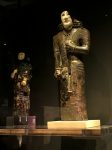
Strange Creatures
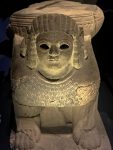
Sphynx Front
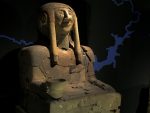
No Beard, Funny Hairstyle

Cat Human

Ringed Cat
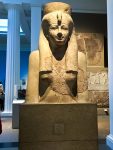
Elaborate Head Dressing

Gateway

Cow!

A Knight

Face

Heather Lee responded:
Ian Scott responded: